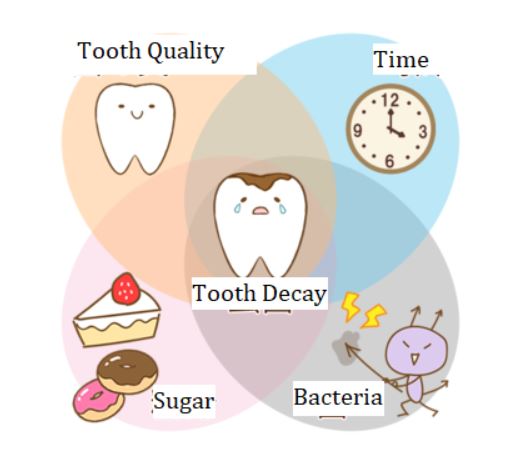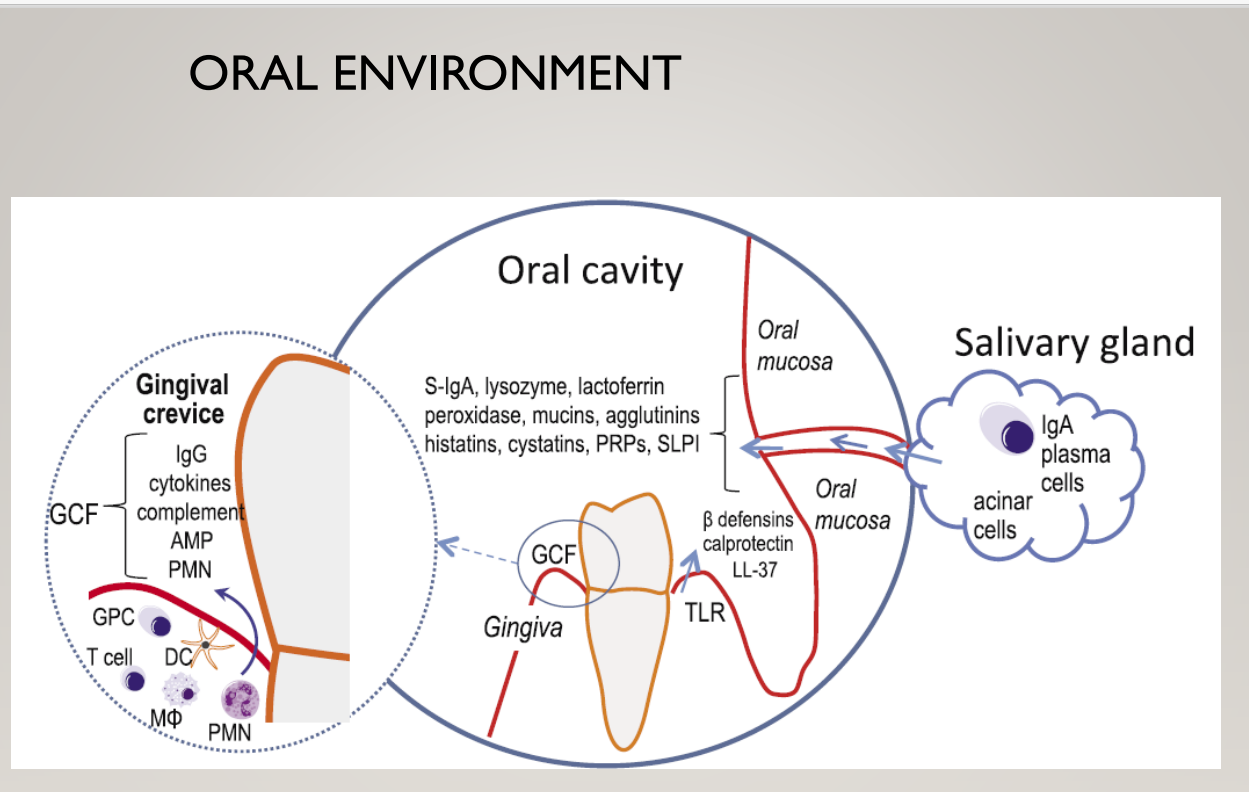Cause of diseases, structural changes and pathology of oral and para- oral structure in disease stage including, oral mucosa lesions, cysts and tumors of the jaw, salivary gland diseases, lymphatic diseases, neurologic disorders, biopsy and definitive diagnosis. Practice in oral and relating organ lesions diagnosed from histopathological specimens.
- Teacher: รศ.ทพ. รัฐพงษ์ วรวงศ์วสุ
Evaluation and management of tooth related maxillary sinusitis, odontogenic caused infection and management, examination of salivary gland diseases, oral maxillofacial and pharyngeal infection examination and treatment, assessment and management of patient with oral and maxillofacial trauma, intra-oral implant and maxillofacial reconstruction with implant.
- Teacher: รศ.ทพ. รัฐพงษ์ วรวงศ์วสุ

Course Description
Epidemiology of caries in the world and Thailand. Theories and hypotheses related to dental caries. Plaque hypotheses in caries development. The relationship of the tooth, cariogenic bacteria and diet in caries development (Keyes’s diagram). Caries mechanism, clinical characteristics and histology of tooth caries. Cariostatic mechanism of fluoride. Fluoride metabolism and toxicity. Caries risk assessment Principle of caries management. Minimal invasive dentistry for caries management. Chemical agents used in dental biofilm control and tooth remineralization.
- Teacher: รศ.ดร.ทพ.บุญนิตย์ ทวีบูรณ์

Course Description
Research conduct and analysis, result presentation and report writing under supervision.
Course Objectives
At the end of the trimester or semester, students should be able to:
1) Pursue an independent project broadly in oral health science, developing some of the student’s own academic interests
2) Review and appraise existing literature
3) Develop research, analysis, writing and editing and organization skills through an extended exploration of a single topic
4) Work independently and critically, with tutorial support
5) Enhance the understanding of the demands, and the inevitable compromises, of academic work, including project definition and management
- Teacher: รศ.ดร.ทพ.บุญนิตย์ ทวีบูรณ์

1. Course Description
The oral environment involves physiology; biochemistry; microbiology and immunology, the process of dental biofilm formation, the function of the salivary gland, the sensory mechanism of the tooth, and oral tissue responses in physiological and pathological conditions.
2. Course Objectives
At the end of the trimester, students should be able to:
1) Understand the role of oral fluid in physiological and pathological conditions.
2) Understand the oral immunity
3) Understand the relationship between host and oral microbe involving physiology; biochemistry; microbiology and immunology.
4) Understand the process of dental biofilm formation, function of the salivary gland, sensory mechanism of the tooth, and oral tissue responses in physiological and pathological conditions
5) Recognize and identify the principal of the ecological plaque hypothesis.
6) Understand the dentin-pulpal complex response to environmental stimuli and the defense mechanism of the pulp
7) Understand the oral tissue injury and healing
- Teacher: รศ.ดร.ทพ.บุญนิตย์ ทวีบูรณ์

Recent knowledge concerning fundamental concepts in Immunology, including components of immune system, types of immunity, antigens, antibodies, complements, antigen recognition molecules, cytokines, immune tolerance and regulation of immune responses, hypersensitivity, and immunization.
Application of immunologic principles to
pathogenesis, diagnosis and treatment of diseases due to disorder of the immune
system. Includes transplant immunology, and infection in
immunocompromised host.
- Teacher: อาจารย์ ดร.กุลวดี กาญจนะ
- Teacher: รศ.ดร.ประภาพร จันทร์เอียด
- Teacher: ผศ.พญ.วันดี ชั้นประเสริฐภิญโญ
- Teacher: ผศ.ดร.พุทธรดา นิลเอสงค์
- Teacher: อาจารย์ ดร.กุลวดี หนูหนอง
- Teacher: ผศ.ดร.พูลสิทธิ์ หิรัญสาย
- Teacher: นางสาว ขนิษฐา จิตรหลัง
- Teacher: นาย ธวัชชัย ประดู่
- Teacher: นางสาว จริยา รัตนพันธุ์
- Teacher: นางสาว กฤษณา เสตพงศ์
- Teacher: นางสาวอาภรณ์ ไชยสุวรรณ
